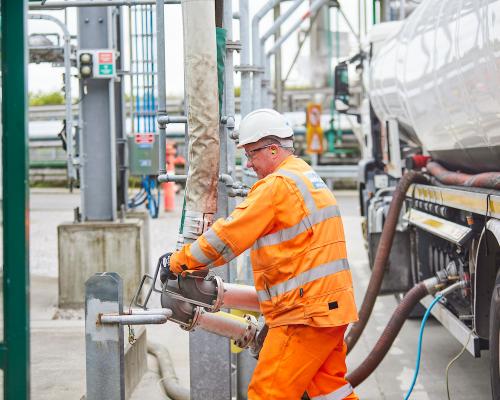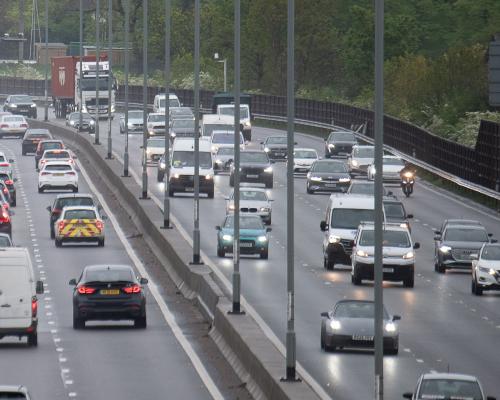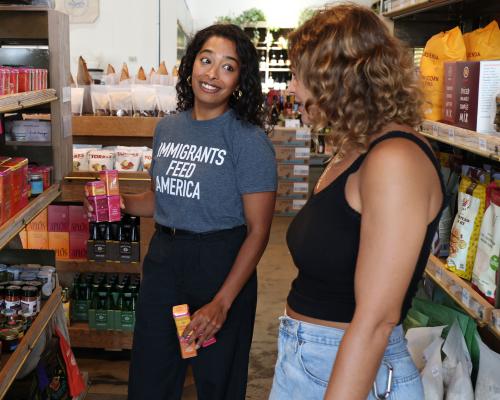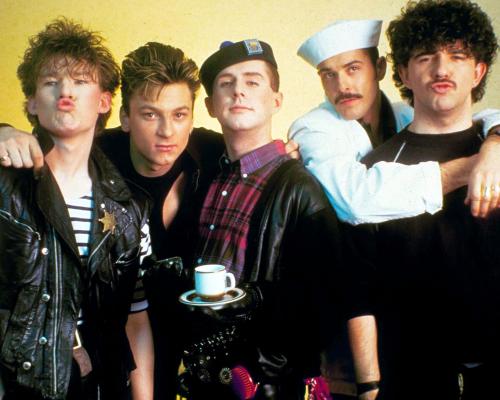
Qantas was back in the spotlight this week with news that affected members of its frequent flyer program.
The airline has made significant changes to its loyalty program, effectively devaluing its frequent flyer points.
While we don’t know the full extent or the specifics of the changes, airline loyalty program experts estimate a 20% average increase in the number of points needed to redeem a seat.
Qantas has given us a few examples, including that a Classic Rewards economy seat on a Sydney-Melbourne flight has risen to 9,200 points plus $55 in fees, from 8,000 points plus $55 in fees.
So, will the Qantas promise of more rewards seats available to flyers make the additional expense worth it? Or are people better off spending their points on shopping instead of flights?
Why has Qantas done this?
Flagging the changes in January, the chief executive officer of the frequent flyer program, Andrew Glance, said: “A lot has changed in the last six years.”
He suggested the changes would mean the airline could increase the number of Classic Rewards and Classic Plus Rewards seats available to be booked with frequent flyer points.
Qantas has for some time fielded complaints about the scarcity of Classic Rewards seats in general, especially in premium classes.
The airline has acknowledged the changes would force many members to spend more points and more cash on fees. However, Qantas said it hadn’t adjusted the value of its loyalty scheme since 2019, and that the August changes were only the second since 2004.
Daniel Sciberras, who works for the guide website Point Hacks, says the latest increase is “relatively reasonable”, even if customers aren’t happy about it, because the program “needs to remain viable”.
In his view, this is because the average 15% to 20% jump in the number of points needed to book flights works out to about a 2% to 3% rise a year since 2019 – roughly in line with inflation.
What should I do with my points now?
The specifics of what each Classic Rewards seat will cost under the new scheme have not yet been revealed.
However, Sciberras says his tips for consumers in general haven’t changed.
He says there’s no difference to “the general rule” – that redeeming points for premium seats on long-haul fights is the “best bang for your point”.
“So, you’re still going to get great value when it comes to flights, especially in those long-haul premium cabins.”
He says people are generally better off redeeming points on business-class seats than paying for an economy seat and using points to get an upgrade.
His advice remains the same when it comes to domestic bookings too: use your points on routes with less competition.
Sciberras says this is because busy domestic routes with lots of competition – such as flights between Sydney, Brisbane and Adelaide – generally have lower ticket prices.
The amount of points needed to redeem a seat is fixed, and based on distance, he says.
This means you’re better off using points to book domestic flights that would otherwise be more expensive, such as to destinations like Hamilton Island, Uluru or Broome.
Am I better off spending my points on things other than flights?
Not if you want to get the best value for money, Sciberras says.
“You’re always going to get more value by redeeming your points for flights than other things: accommodation, car hire, anything from the shopping mall,” he says.
This is because points – when worked out in dollar terms – end up being worth more when used to book flights, he says.
Sciberras says points usually work out to be about 1c in value when used to book flights.
“But … if you want to get a $50 gift card, it’ll be like 10,000 points, right? That gives you half a cent in value,” he says.
“Short-haul domestic might be only around 0.7c per point, so it’s not much more. But if you’re going international first class, you could get 4c or 5c in value, or even more per point.”







